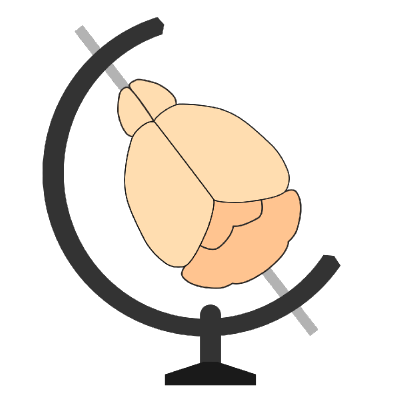Setting up your GPU#
Introduction#
Some BrainGlobe software will run faster if you have an NVIDIA GPU, and the appropriate software installed.
Requirements#
The requirements are the same as those for PyTorch GPU support, but essentially you need:
A relatively modern Windows or Linux based machine (unfortunately, CUDA acceleration on macOS is not supported).
An NVIDIA GPU with CUDA Compute Capability of 3.5 or higher (see the list here) with at least 8GB memory. Basically any relatively expensive NVIDIA GPU released in the last 5 years should be OK.
Someone who has the admin password to install things.
Installation#
These instructions will vary somewhat between operating systems and on how your machine is set up (and how much control your institute will let you have).
Installing NVIDIA drivers#
The first thing you definitely need is the drivers for your GPU, which can be downloaded here. Hopefully, these will have been installed when your machine was set up, but for GPU support in BrainGlobe, you will need version 450.x or greater.
Installing PyTorch with GPU support#
BrainGlobe uses PyTorch which relies upon CUDA and cuDNN. PyTorch will install the correct versions of CUDA and cuDNN for you based on the choices you make when installing PyTorch.
We recommend selecting the Stable PyTorch build, the Conda package, and
CUDA 11.8 as the compute platform. Ensure you have the cellfinder conda
environment activated before running the command provided.
